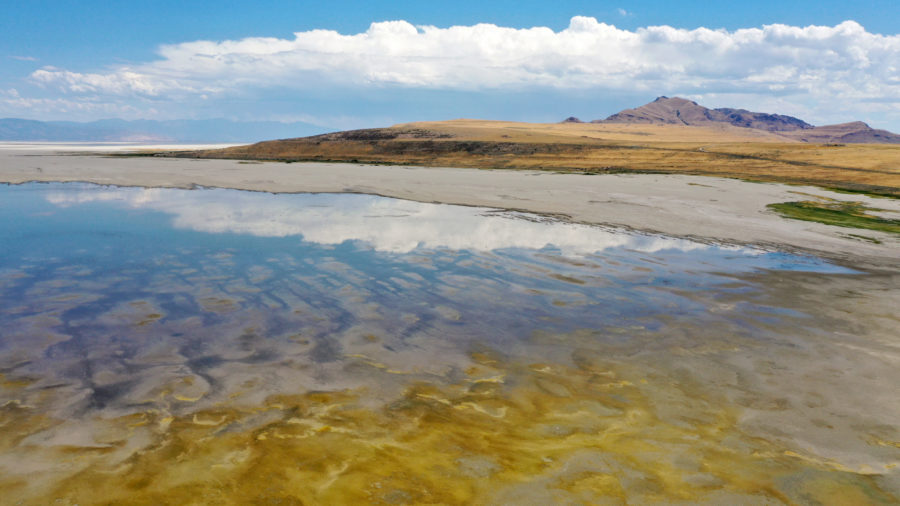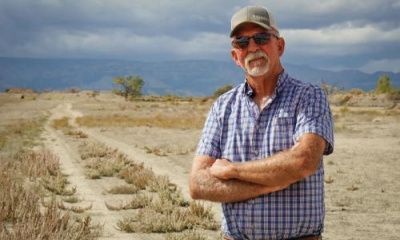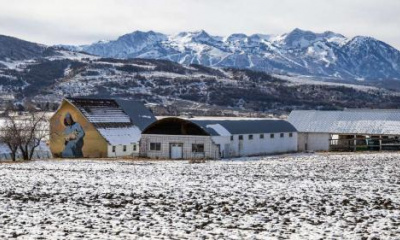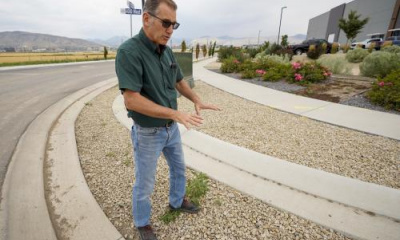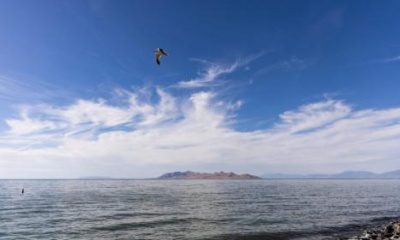SALT LAKE CITY — The Utah Department of Natural Resources wants to try what’s called cloud seeding to try and help save the Great Salt Lake.
It’s a weather modification that happens by burning silver iodide in the clouds during long winter storms.
When the silver iodide burns, particles go into the atmosphere and their charge attracts water to them.
The Acting Director of the DNR, Joel Ferry, said cloud seeding could bring more water to the lake.
“The more of this silver iodide you put into the atmosphere, the more — when a storm comes across — the more water will fall out of that storm,” Ferry said.
Silver iodide is naturally occurring and cloud seeding only requires small amounts, Ferry said.
He thinks cloud seeding would be a worthwhile investment. That investment could look like getting planes to fly over the inversion or having remote meters that turn on during storms.
“Studies that they’ve looked at show anywhere from a 7% to a 13% increase in the amount of water — like the snow — that falls out of the sky,” Ferry said.
Cloud seeding isn’t the only answer. Ferry said it’s only one action that Utah needs to take to get more water to the Great Salt Lake.
Ferry also said there’s more to study, and said we still need to be conserving and optimizing how farmers water in order to help reverse the shrinking of the Great Salt Lake.

